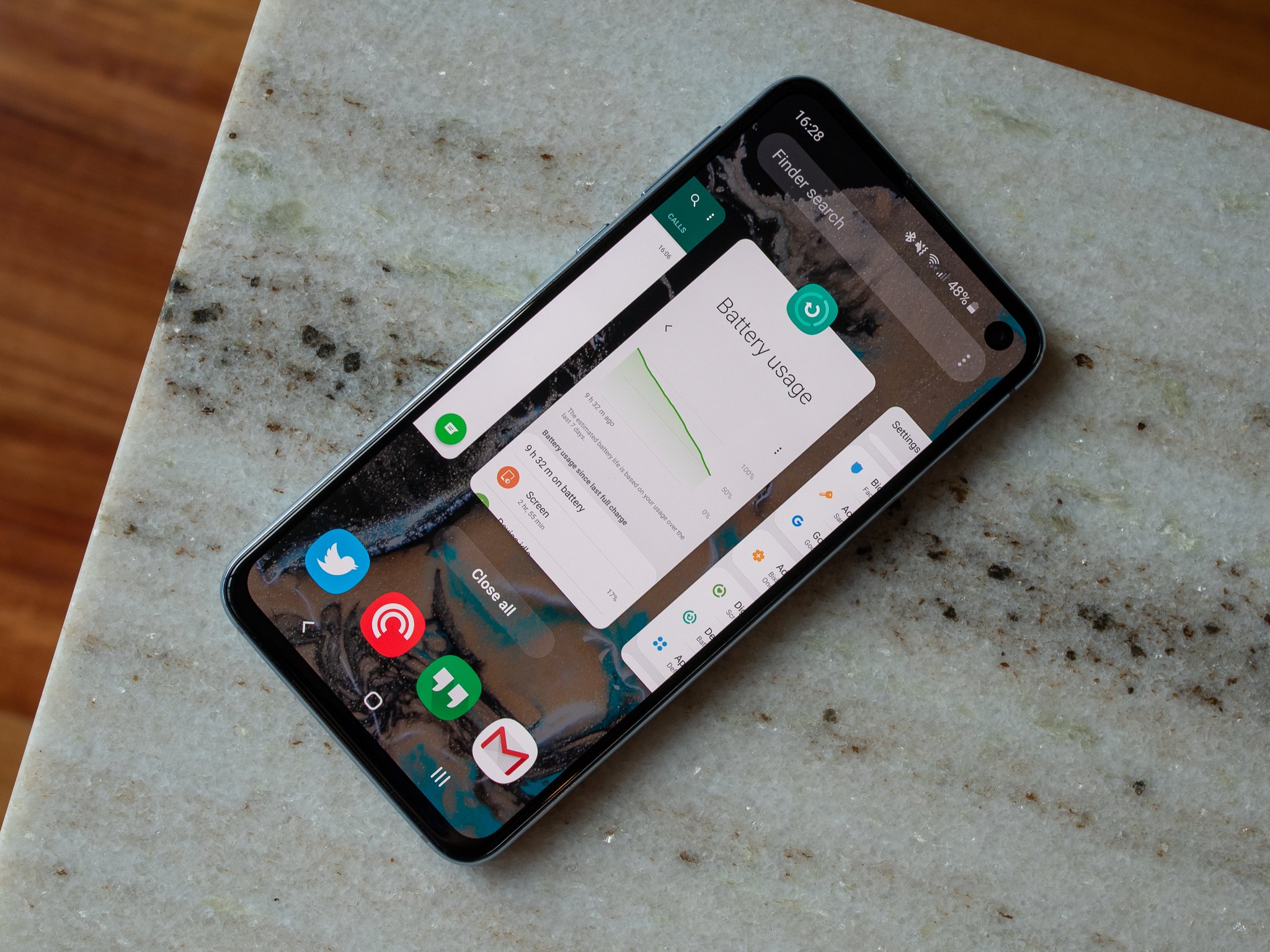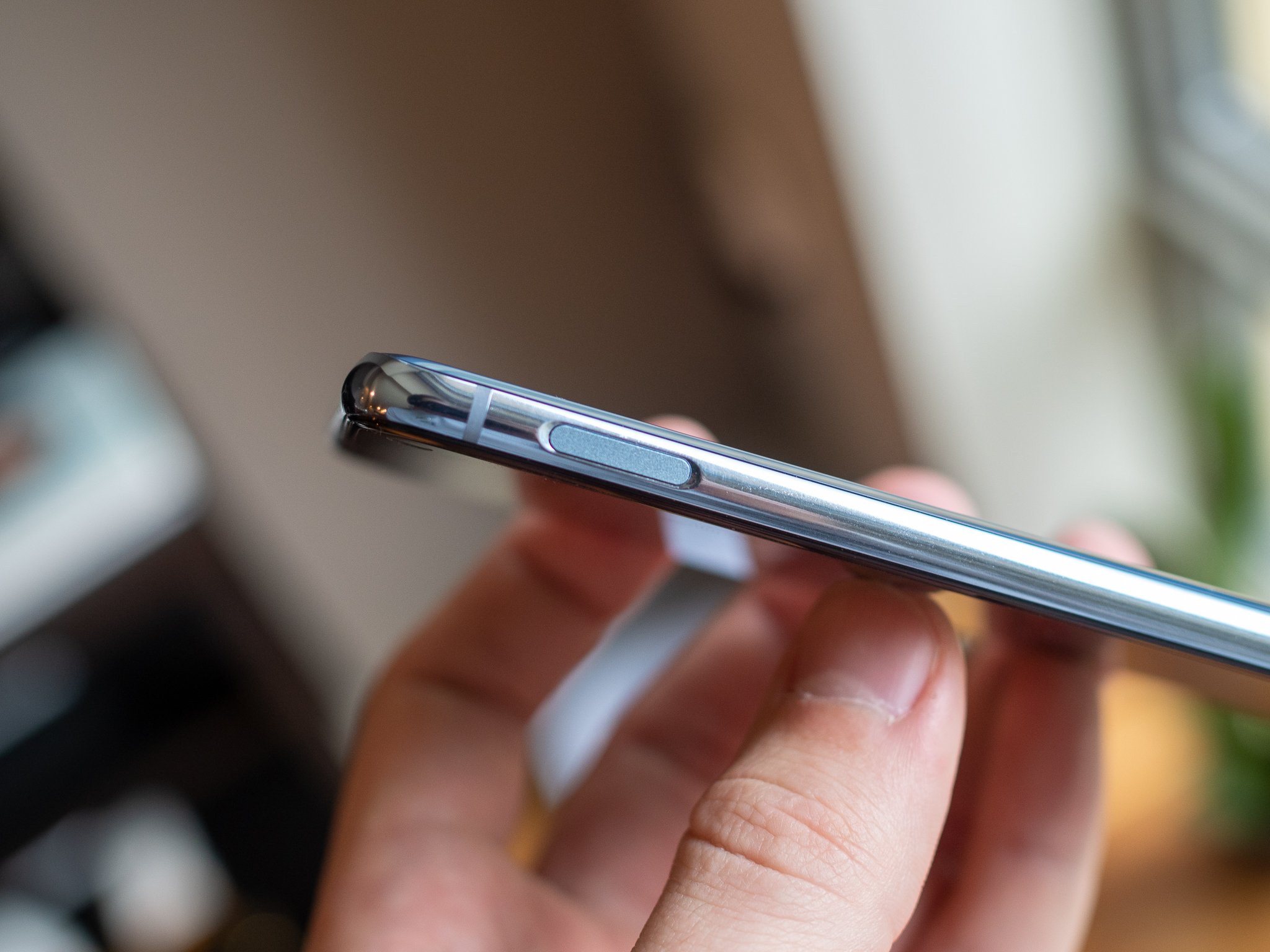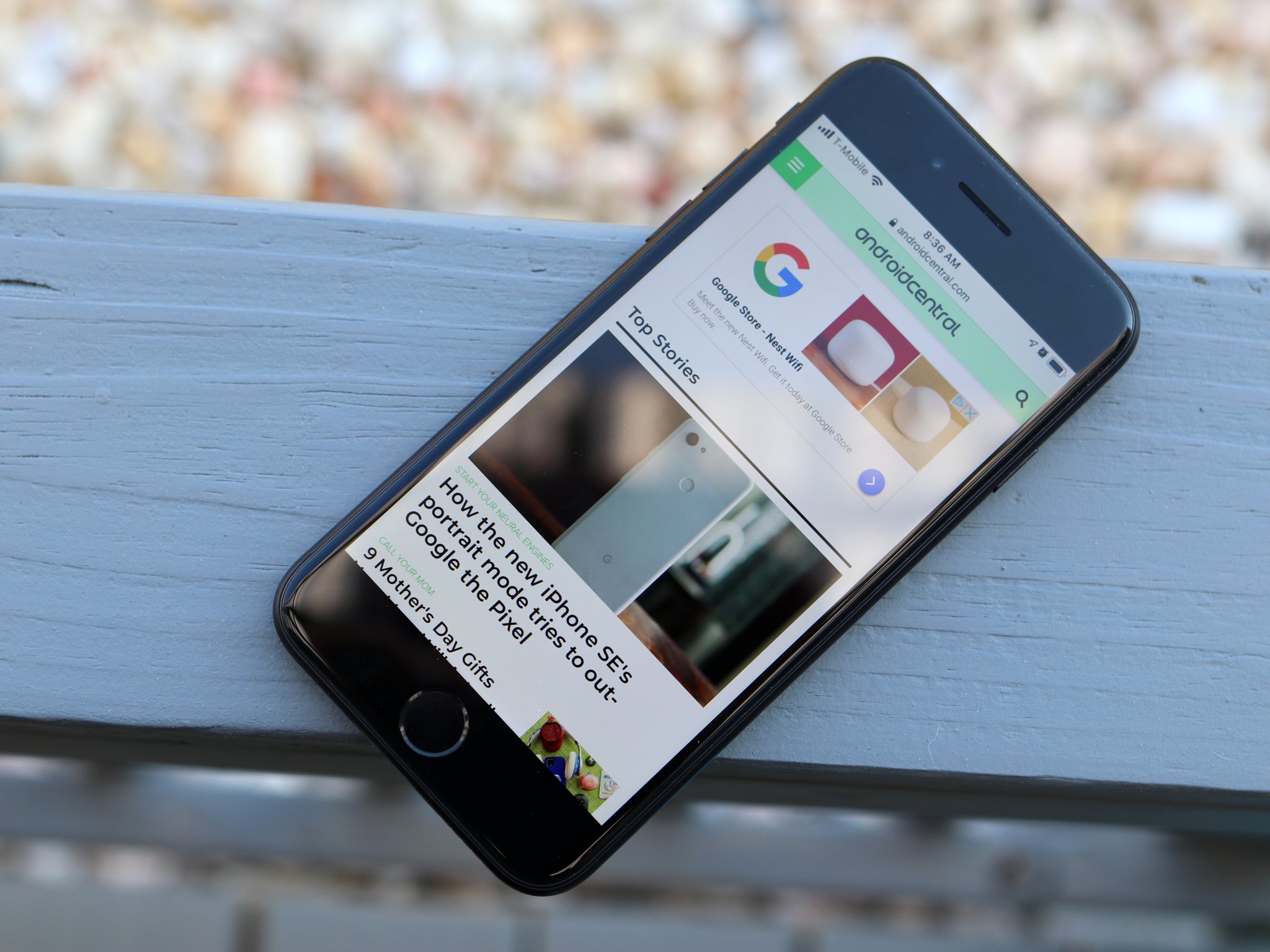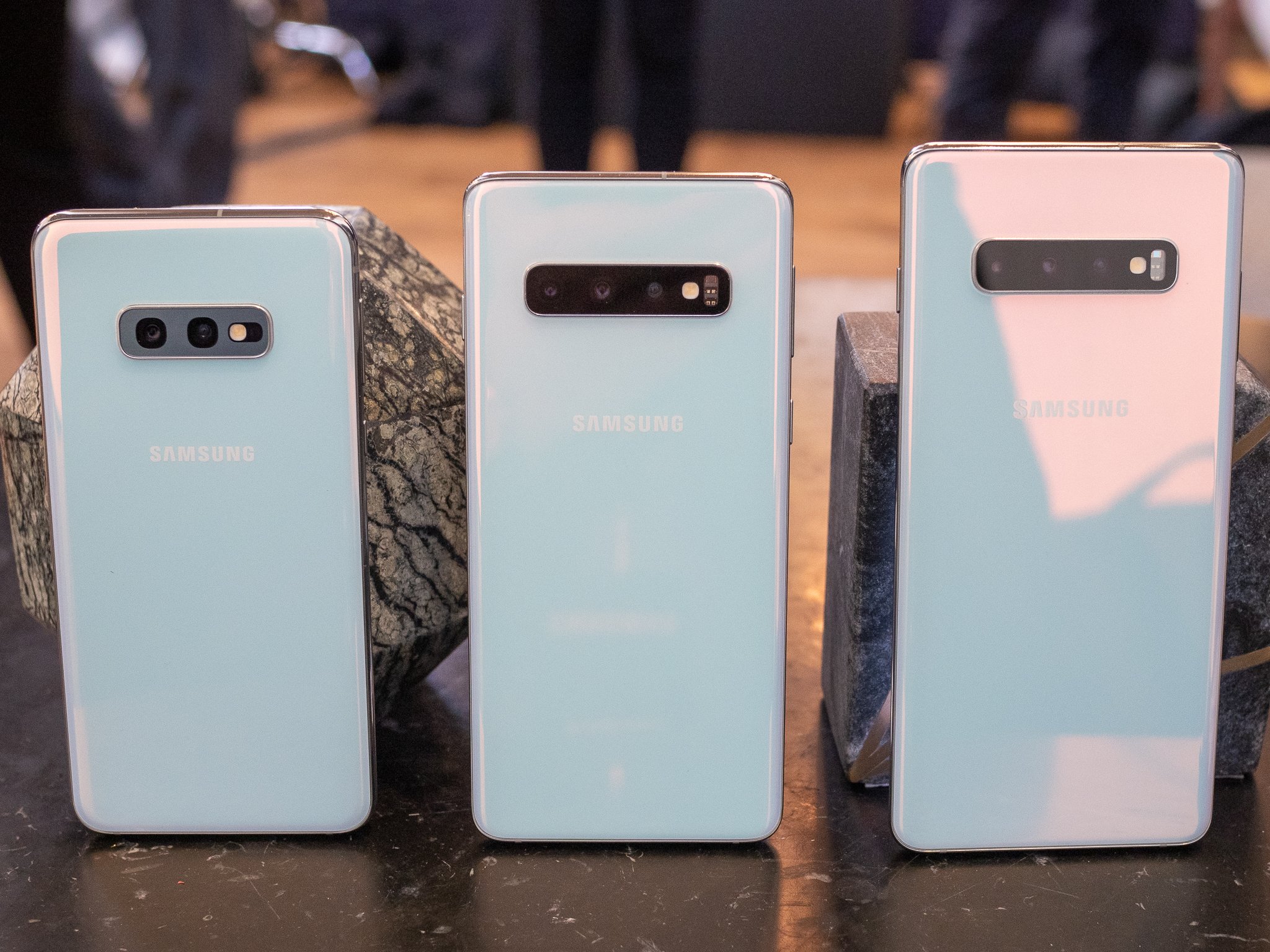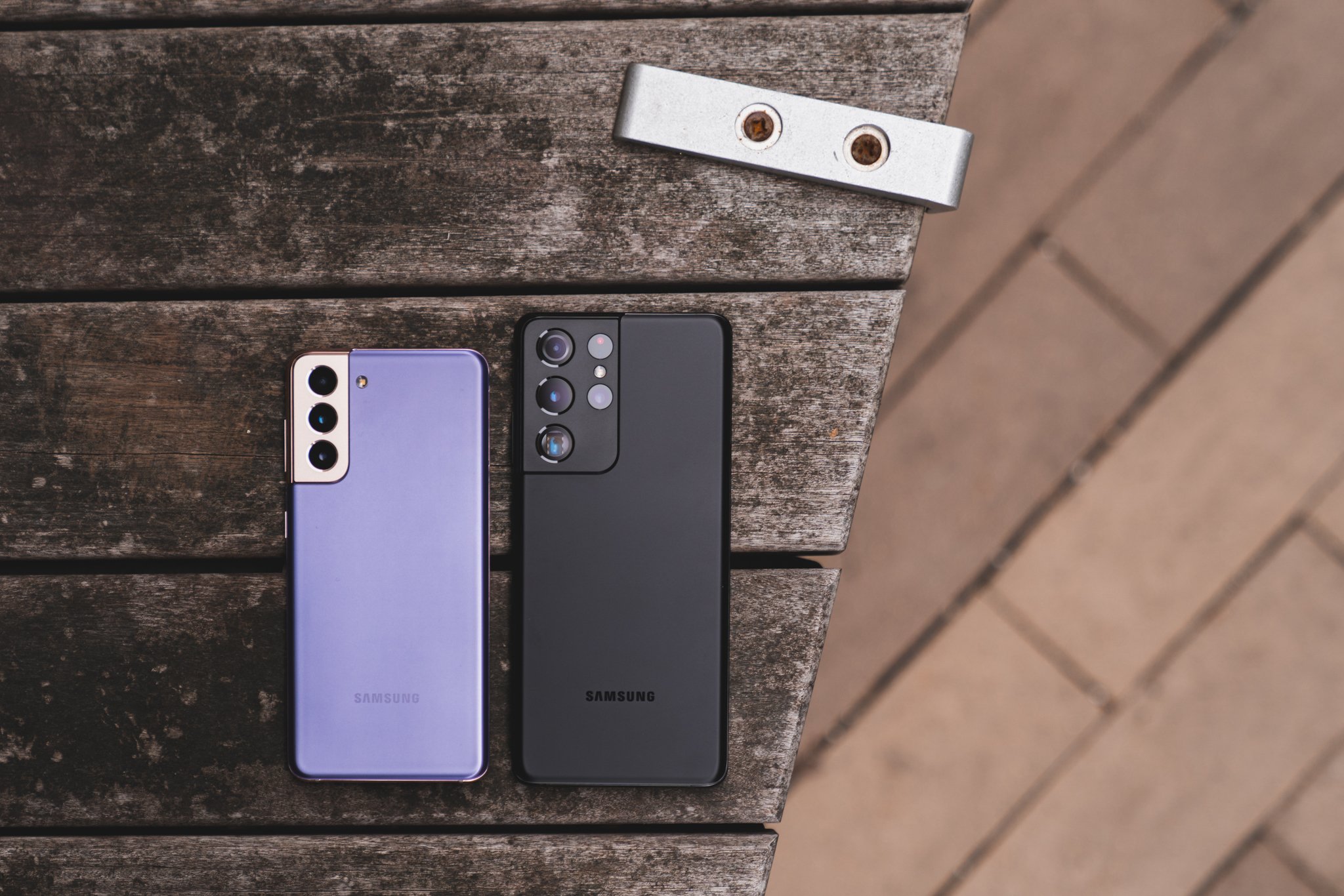A good, small phone is a rarity that Samsung needs to get back in on.
As a 5'2" woman without hands the size of a basketballer, I feel my heart sink whenever I see a phone series like the Galaxy S21 starts with a 6.2-inch screen and goes up from there. Don't get me wrong, the "baby" S21 is a great phone, and I'm very jealous of my coworker Hayato getting to review that lovely lilac lifeline, but like the Galaxy S20 that I reviewed last spring, it's small in name only.
In fact, ever since my Pixel 4a arrived in August, I have only touched my S20 to use the camera and take photos of my smaller, easier to use Pixel. The S20's screen may be prettier, but the Pixel is just hands-down easier on my smaller hands.
Like many, I'd held out a small bit of hope that Samsung would repeat the small surprise of a superphone that was the Galaxy S10e with a Galaxy S21 mini, but good fortune was not to be. And both Samsung and its customers are poorer for the omission, as it's time for Samsung to give us another small super-phone in the age of the iPhone 12 mini and the iPhone SE (2020).
The Galaxy S210e: The last great small flagship
The Samsung Galaxy S10e was a stark contrast to the Galaxy S10 and S10+ — it eschewed both the curved screen and ultrasonic fingerprint sensor for a flat screen and capacitive sensor in the power button. The 5.8-inch screen wasn't a hit with reviewers too used to ever-growing screens, but it resonated with consumers who didn't want an oversized — and overpriced — phone overextending their thumbs and their budgets.
This wasn't just a small phone. It was a pocket-friendly flagship.
Unlike "mini" phones of the past, the S10e was a small phone that still offered the same powerful processor, RAM, and storage as its big brothers. It had the same main camera and ultra-wide, and it skipped out on the gimmicks of the larger S10s, as well as the $900-$1000 price tags. You still got a great-looking 1080p screen, even if it wasn't quite as high-resolution as the bigger ones — and let's not forget, the 6.2-inch Galaxy S21 went with 1080p this year, too.
While the "regular" S10 had constant issues with the in-screen fingerprint sensor that didn't play nice with screen protectors, the S10e was simpler than ever. The fingerprint sensor in the home button meant that by the time you pressed down the button to turn on your screen, it was unlocked and ready to work. Granted, the battery wasn't huge, but it was enough to get through the average day with ease, and it was a practical phone for a practical buyer.
Unfortunately, the small but devoted following the S10e garnered wasn't enough to warrant a Galaxy S20e or a Galaxy S21 mini, but that's not shocking.
No company can justify having a great small phone every single year — not even Apple.
Today's small phone market — and the gap Samsung could fill
You may have heard in the last few weeks that Apple has been disappointed by iPhone 12 mini sales, with many claiming that demand for the perfectly pocket-sized powerhouse was killed by the pandemic, but I don't think that's what happened. After all, the iPhone 12 mini is all our iMore compadres ever wanted in a tiny iPhone, so I don't think the problem is the phone itself.
The problem is that Apple sabotaged itself six months earlier with a small phone that was flawed but affordable and highly popular: the iPhone SE (2020). Apple broke sales records during a pandemic because the iPhone SE (2020) had three things going for it:
- It was the classic iPhone design with a physical home screen button for users reticent to change.
- It had Touch ID while the iPhone 11's face unlock was punked by the pandemic.
- It was $400 in an age while most iPhones in the last couple of years were $800-$1000.
No wonder the iPhone SE (2020) broke records; there were a lot of reasons to hop on its bandwagon. But that also meant that most size-conscious iPhone users had upgraded to the SE by the time the iPhone 12 mini rolled around with its tiny bezels and the magnificence of MagSafe. By then, it was too hard to justify another upgrade, especially jumping from a $400 phone to a $700 one.
Small phones aren't as sexy. We're trained to want the latest and greatest, and to most buyers, bigger is better.
Small phones aren't as sexy. We're trained to want the latest and greatest, and to most buyers, bigger is better. This means that unless you're going to be releasing a budget-minded small phone like the Pixel 4a — which is one of the best Android phones because of its compact size and $350 price tag — manufacturers need to think in cyclical terms that are much longer.
Apple and Samsung don't need a good small phone every single year; they need a good small smartphone once every three years.
No brand can justify a yearly small flagship — but maybe once every few years
Samsung did well with the Galaxy S10e, and the S10e was still a good phone in 2020. In 2021, though, it would've been long in the tooth had Samsung still been selling it. Now would've been the perfect time to launch a Galaxy S21 mini — or make the regular S21 a truly small flagship while the 6.2-inch model took the Plus moniker and allowed us to have a noticeable difference between the S21+ and Ultra.
Now that Galaxy phones are promised three years of Android updates, buying a Galaxy S10e refurbished and holding onto it for a year or two wouldn't be the worst idea if you're a Samsung die-hard that likes phones you can easily use one-handed.
By releasing a small model once every 2-3 years, both manufacturers and buyers could benefit in a few specific and demonstratable ways:
- It would give those who love a small phone a regular timetable of when to expect a new model.
- The small model wouldn't face as much competition from its predecessor/successor if they're more spaced out.
- Small models could generate more buzz due to the longer production cycle.
- A longer production cycle can allow for more refinement and innovation to fit more battery and features in a compact frame.
Now that we're seeing another year where the Plus model is ending up the unappreciated middle child, maybe Samsung will finally wise up and give us the mini majesty we deserve with the Galaxy S22 or with a Galaxy S22 mini.
In the meantime, at least we have the Pixel 4a.
One-handed champ
Google Pixel 4a
$350 at Amazon $350 at Best Buy
I can use this phone with one arm tied behind my back!
Can't pony up $800 for the Galaxy S21 — or just can't stand how tall it is in your small hands? Save your money and your tendons and grab the Pixel 4a. This is one of the best phone values in 2021, along with a great camera and all-day battery life.
Source: androidcentral
